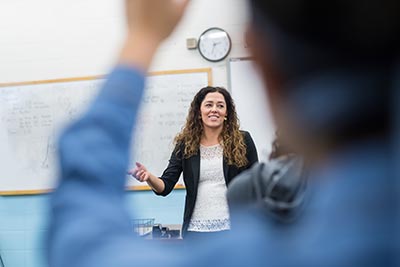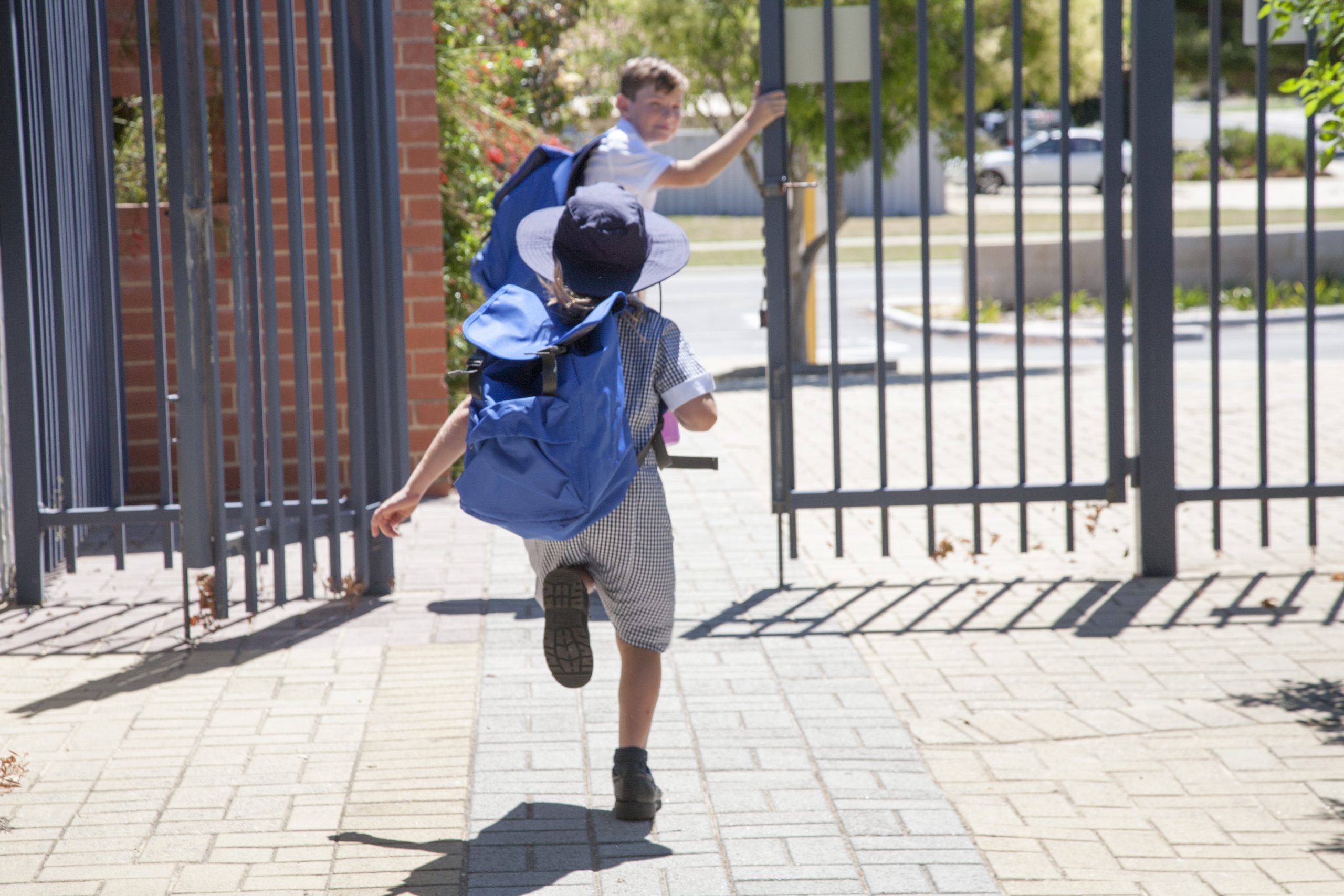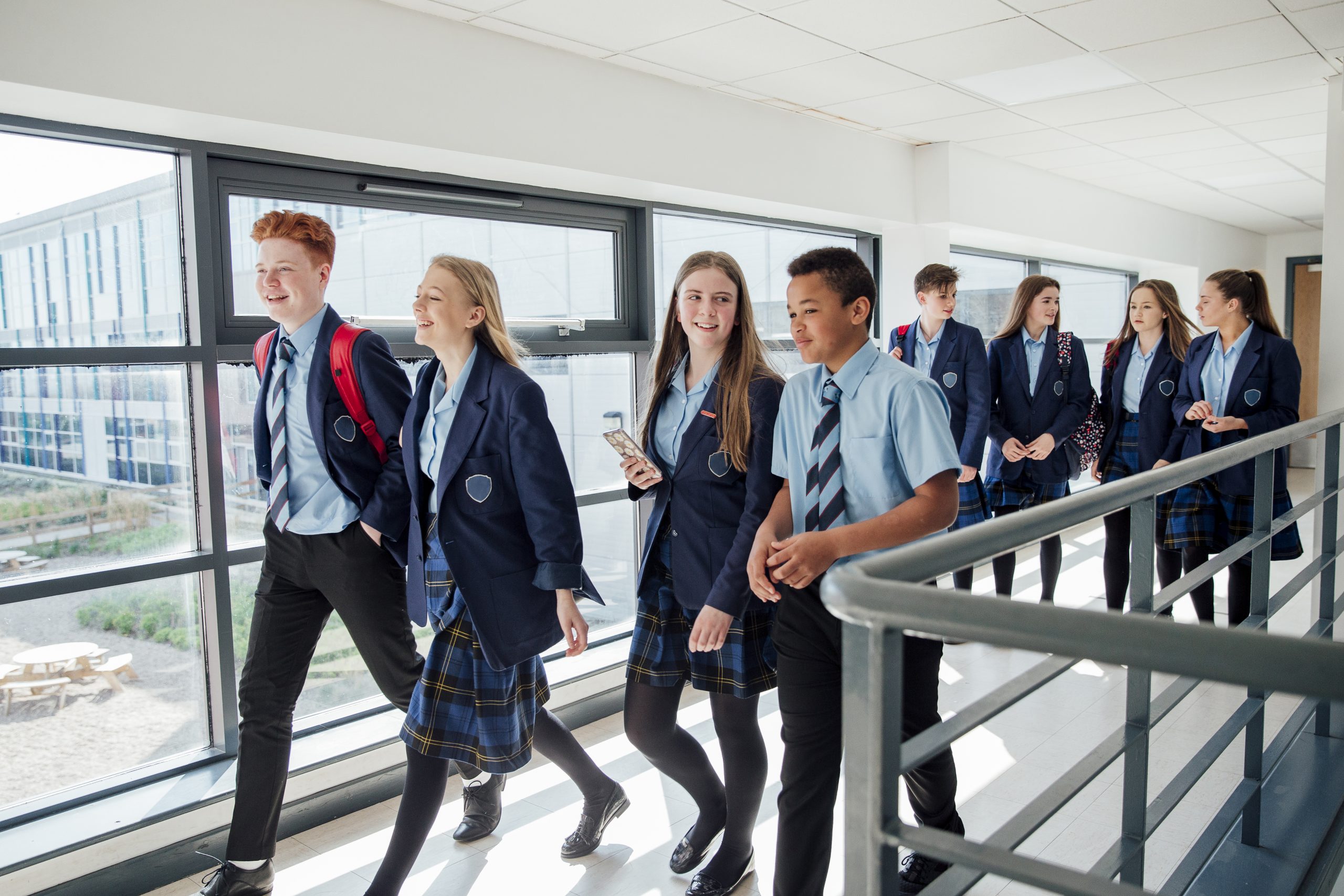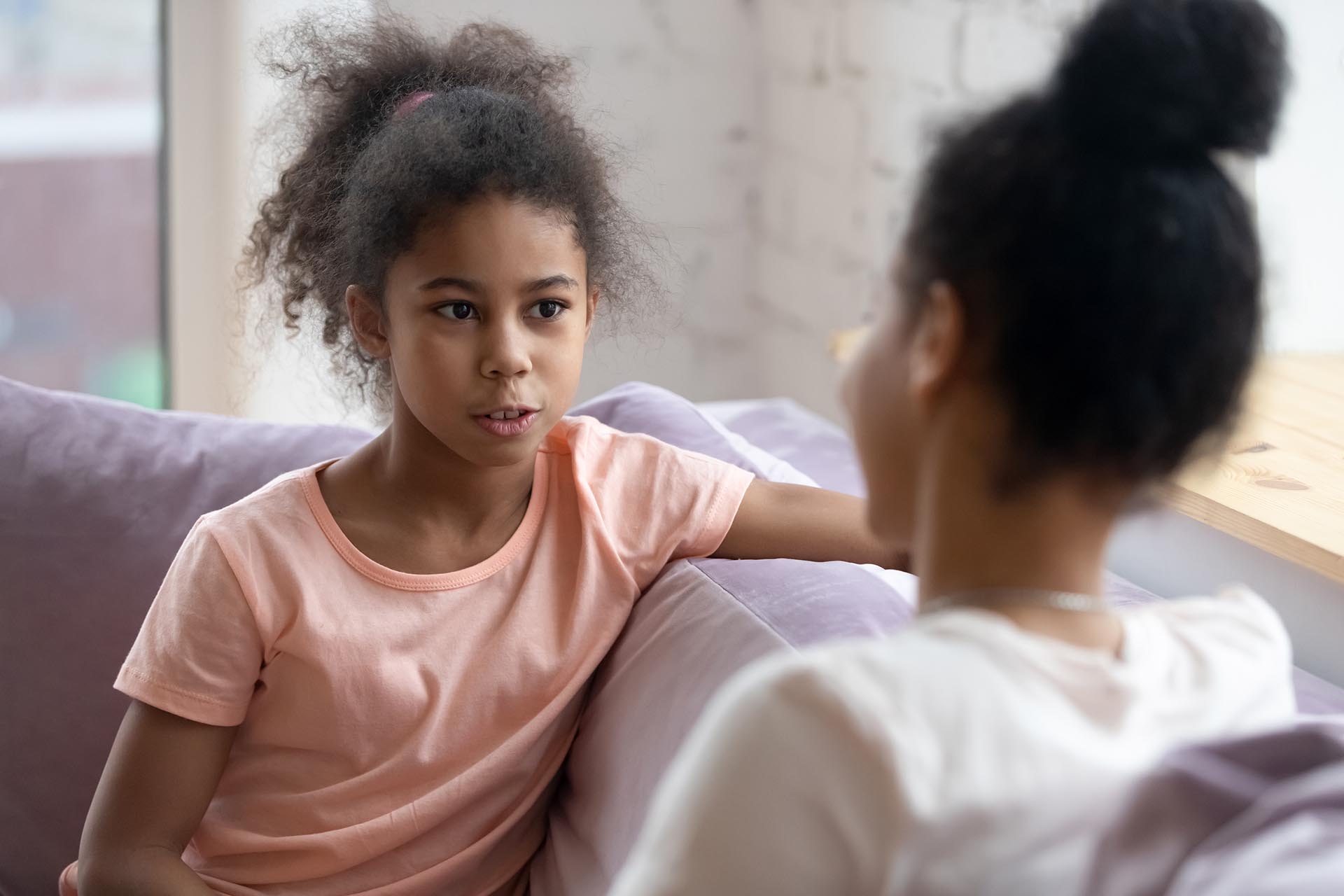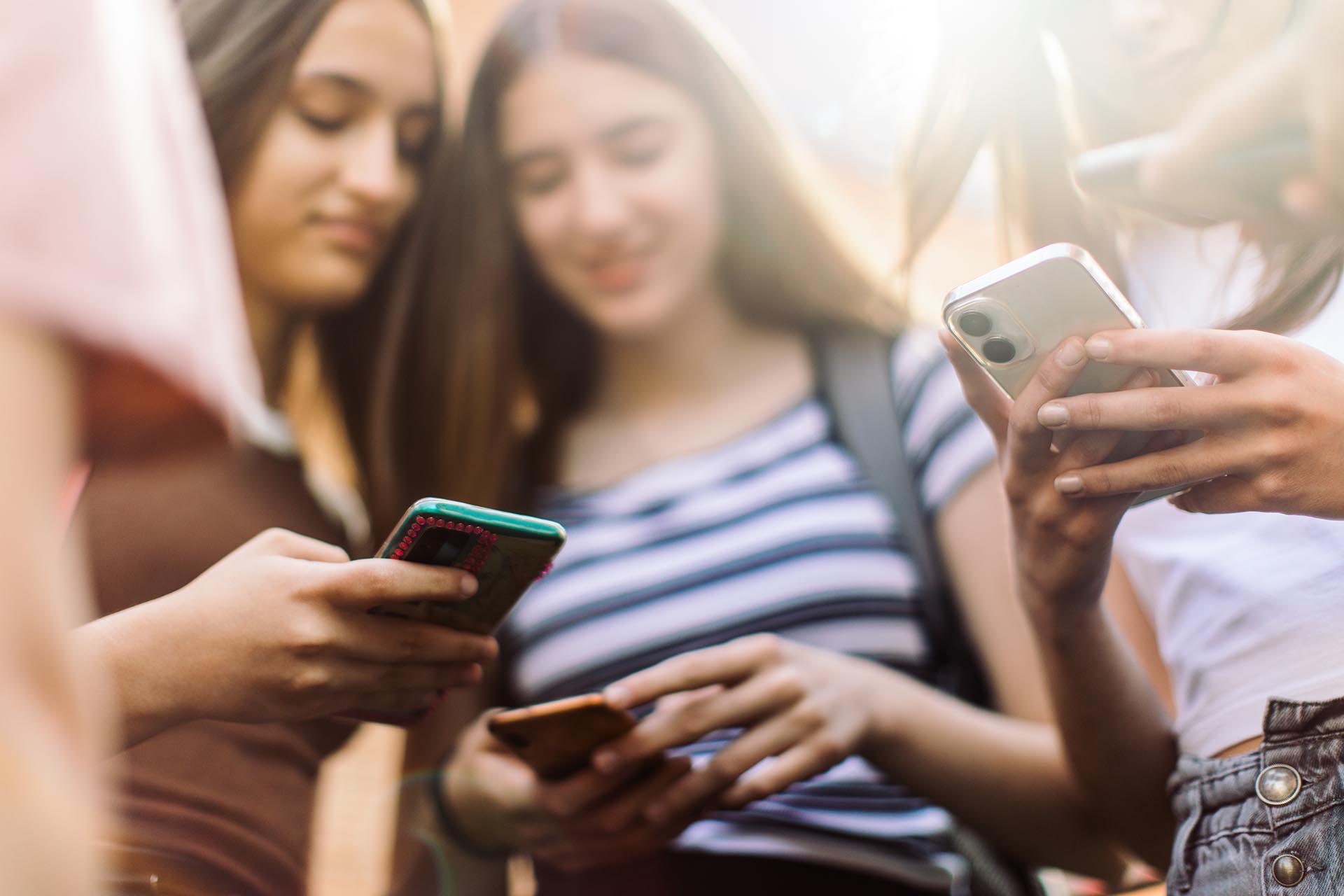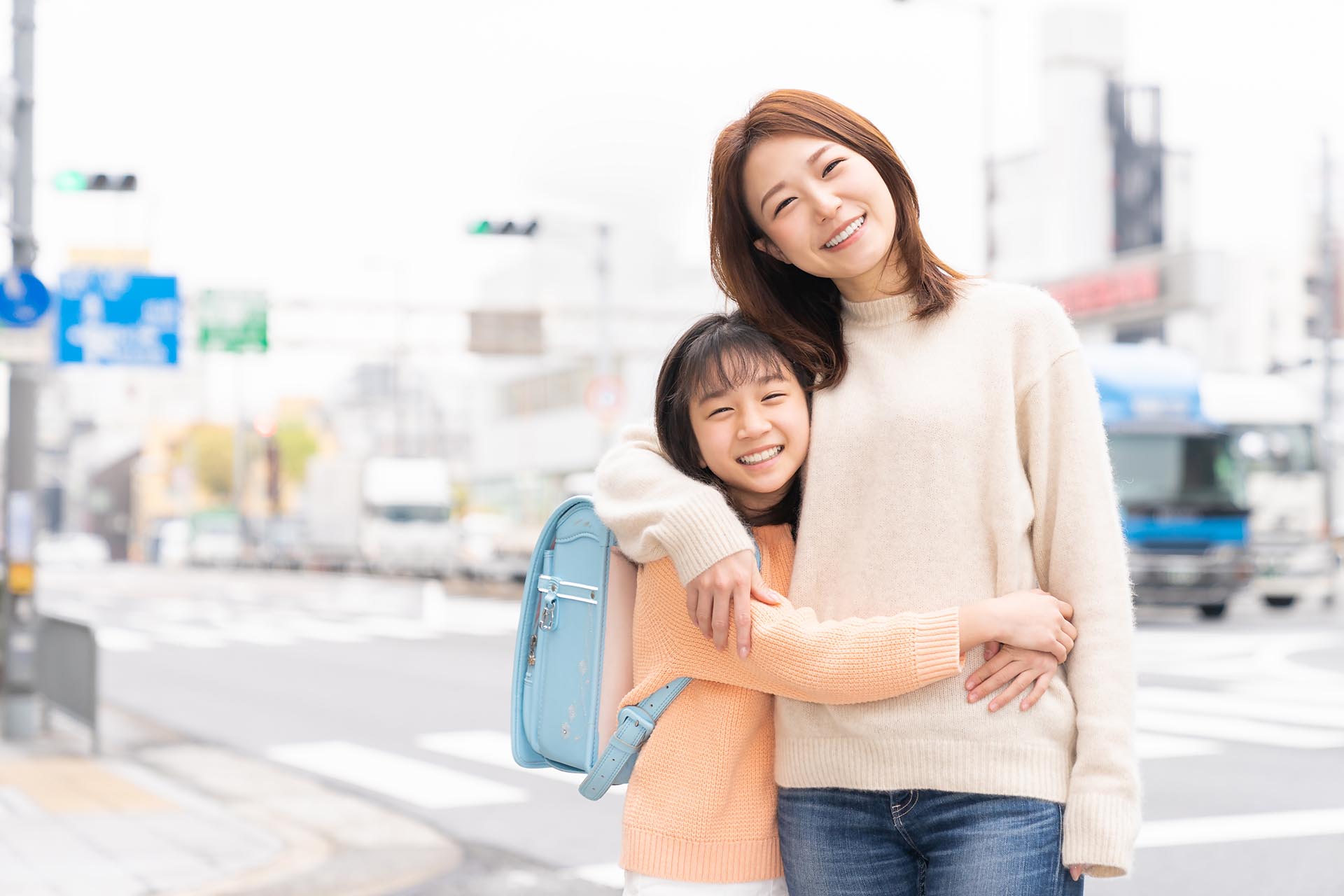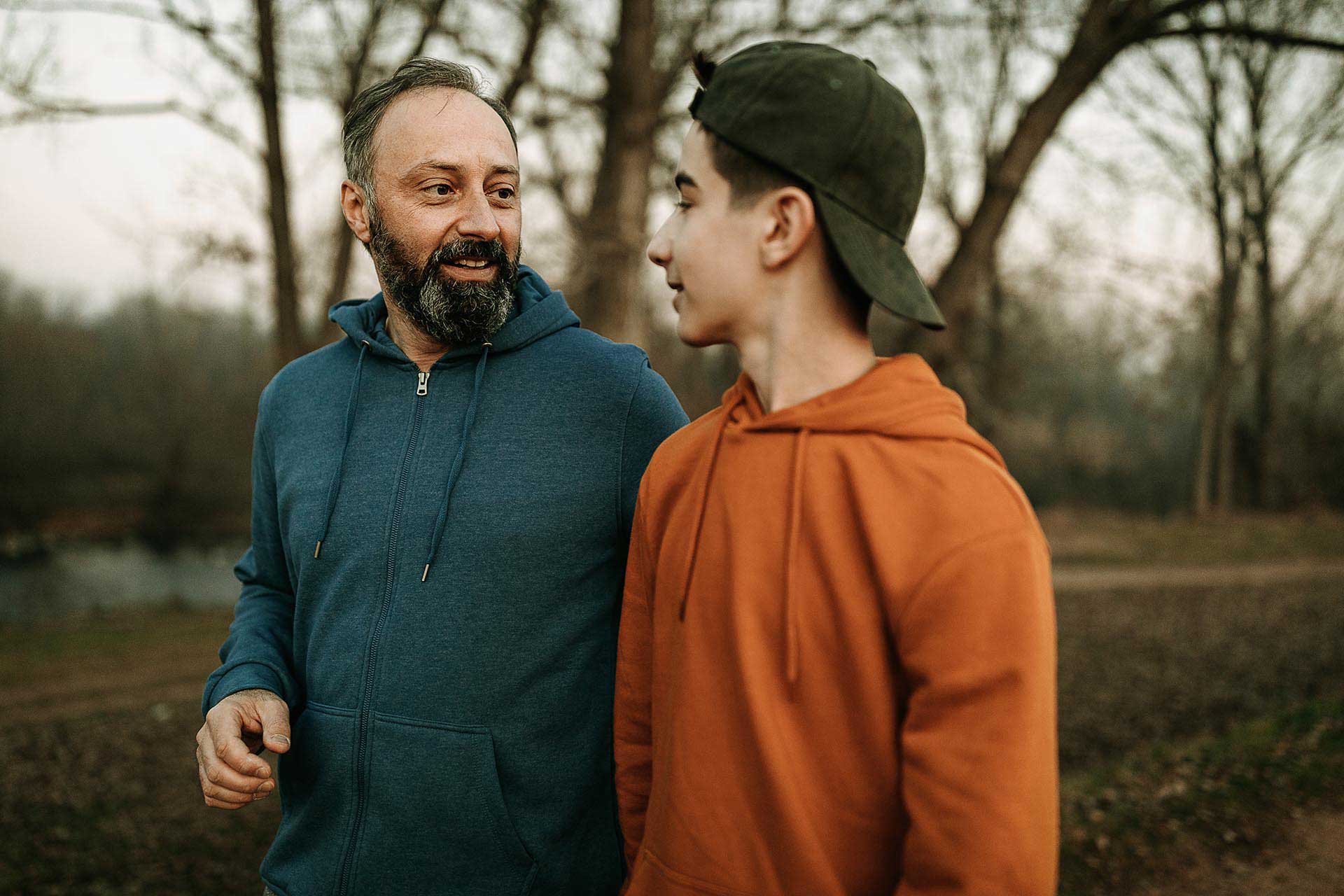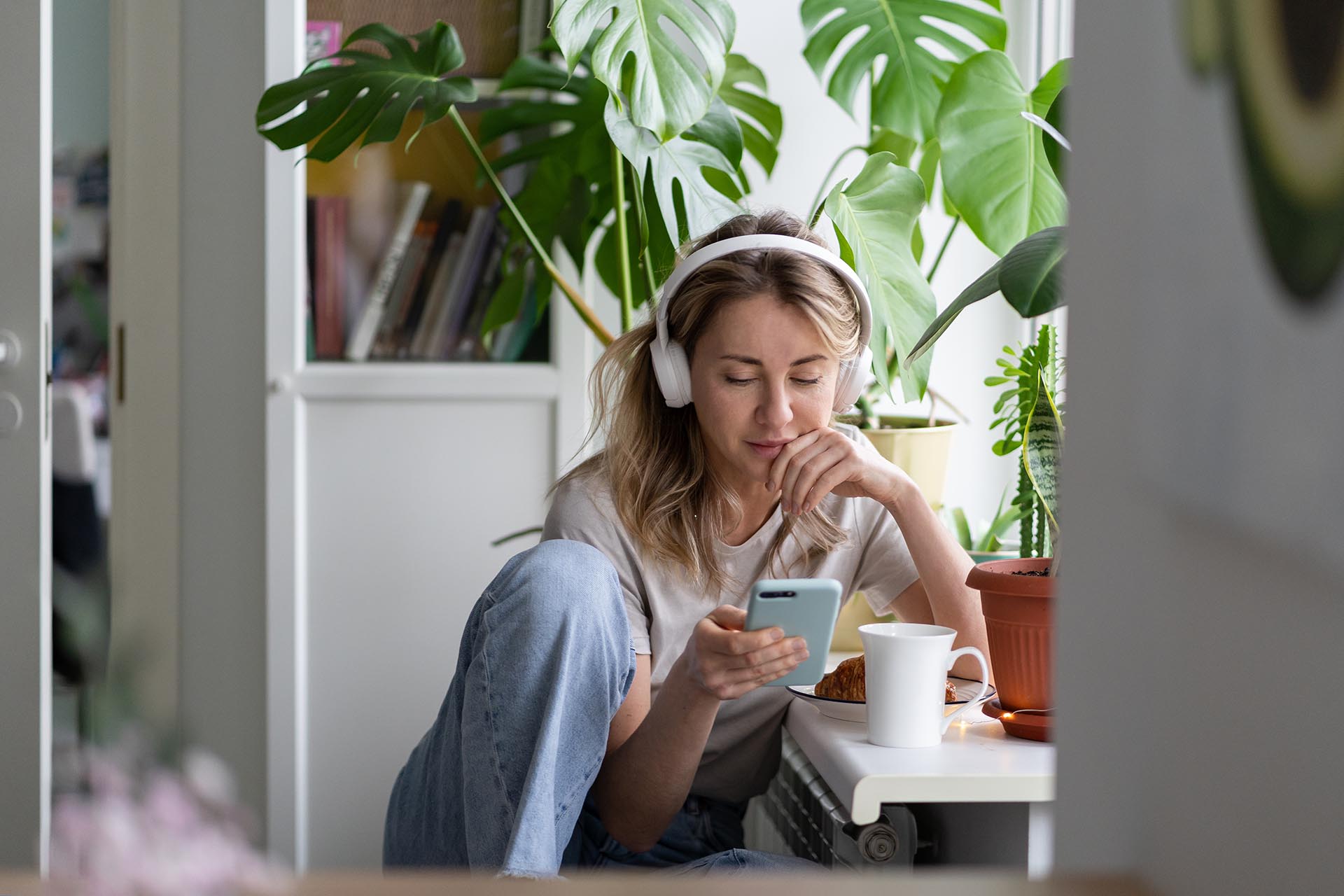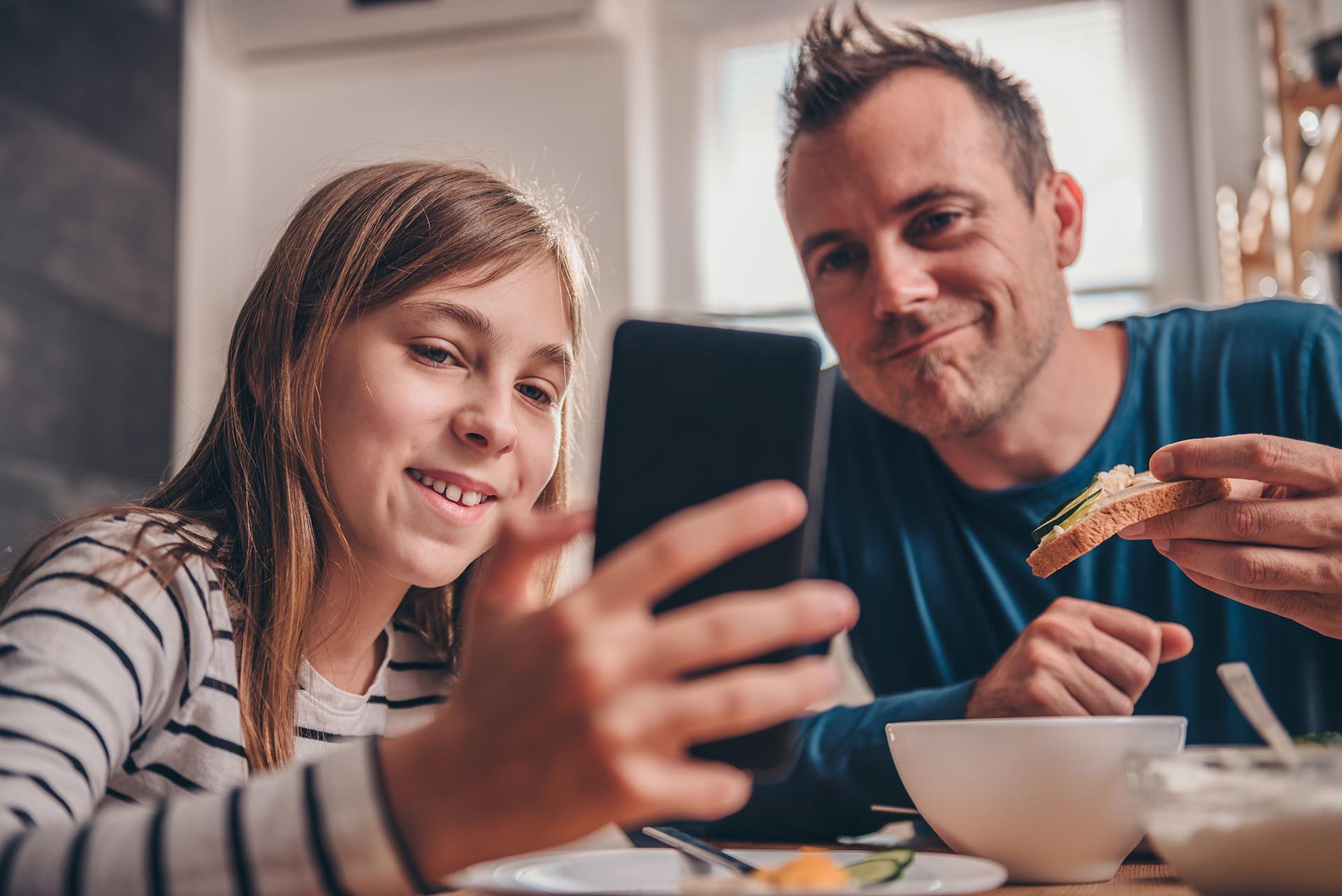Talking to your child about porn: age-appropriate conversation starters
Australian children increasingly have access to—or are exposed to—pornography from a very young age. However, according to the eSafety Commissioner, while 77% of Australian parents and guardians see themselves as responsible for speaking to their young person about pornography, less than half have actually discussed it.
Rather than waiting until children are in high school or already exposed—and rather than avoiding the (understandably awkward) topic altogether—it’s up to parents and carers to discuss pornography with their children as soon as they have access to a device. Talking to our young people about pornography before they learn about it through friends or the internet means that if they do come across it, they are less likely to be negatively affected and more likely to tell a trusted adult.
While parents know their children best—and what’s appropriate for their maturity level—it can be overwhelming to figure out how to broach the topic of pornography with a young person. We’ve put together this list of age-appropriate conversation starters to make it a little easier!
For young children (approx 5-10)
When children are 5-10, it’s best to get straight to the point! You know your child best, so tailor your conversation and language to their needs. Let them know that there are videos and images online of naked people and that these are not suitable for children and can be harmful to developing brains. The critical point to emphasise with your child at this age is that they should always come to you if they see (or hear about) pornography. Importantly, we can’t assume children will know what the word ‘pornography’ means if we choose to use it with them. We might choose the term ‘sexual things online’ to keep it simple and clear and give examples of what this might be. ‘And it is possible to talk about this without using the word ‘pornography’ or even ‘sex; telling them a child should never see naked bodies or private parts on a screen is a good place to start. You might begin this conversation by saying:
- ‘While I do my best to make sure everything you see online is safe, there are some risks about using the internet that I need to tell you about…’
- ‘Part of being able to use screens or devices is being a “responsible user”. What do you think that means?’
- ‘I’m letting you use this phone/computer/iPad, but it still belongs to me, and so I need to make sure you are being safe while you use it.’
Important points to get across include:
- ‘If you ever see private parts on a screen, I want you to come and tell me straight away.’
- ‘If someone ever talks to you about seeing private parts on a screen, come and tell me straight away.’
- ‘Sexual things online/on a screen are not for children and they can make you feel bad. Come and talk to me if you ever see anything that upsets you.’
For older children and tweens:
Parents can build this discussion with older children and teens by discussing how pornography is not a realistic representation of sexual activity—reinforcing that relationships and sex should be safe, respectful and consensual (always between people who happily agree, without being pushed, pressured or forced). You could begin this conversation by:
- asking them what they have heard or seen in the media about the effects of porn; for example, the singer Billie Eilish recently shared her experience of the harmful effects of watching pornography from the age of eleven
- asking them what they understand about consent, particularly affirmative consent (where it is clear that both parties are voluntarily willing to engage in sexual activity) and then talking to them about how this is missing from a lot of pornography (you can read our article about pornography versus real life here)
- asking them what they understand about the word ‘choices’ and what it means for them. Is it ok for kids to choose some things for themselves? What can kids choose? What can babies choose?
- asking them if they’ve heard of the word ‘boundaries’ before and what it means to them
Consent is really about giving permission, and it’s not always to do with sexual things. An ongoing conversation with your child about other areas in life where consent is important (for example, privacy in the bathroom or agreeing to be hugged by a family member), can support them in advocating for their own body safety and to start thinking critically about how relationships and sex are depicted on screen.
For teens:
As your child gets older and has more independence online, the conversation should evolve to incorporate more nuance and support your child’s critical thinking.
Recent research from Common Sense Media found that 45% of the US teens surveyed thought pornography provides helpful information about sex. Statistics like this can be a good starting point for a conversation with teens about how pornography might be helpful or relevant and how it might also be misleading and harmful. You might say:
- ‘I’ve read a recent survey that says young people think pornography provides helpful information about sex. I wonder what you think about this?’
- ‘Some people say that porn can be a safe way for young people to explore their sexuality. What do you think about that?’
- ‘Commercial, mainstream porn has a lot missing that doesn’t send a good message, and has things in it that also aren’t good. It’s important to remember that while porn sex is real sex, they are performers being paid, and usually heterosexual porn is centred around male pleasure, doesn’t show consent being asked for and given and doesn’t show safer sex practices like using condoms.’
You can discuss how pornography doesn’t always show people consenting or engaging in sexual acts that would be pleasurable in real life, while the bodies in porn do not reflect the diversity of bodies and genitals. It may also be helpful to approach the topic from a mental-health perspective. Watching pornography regularly can wear down the brain’s dopamine reward system and contribute to depression; talking with your teen about pornography’s effects on the brain can help them manage their mental well-being (to make it easier, we’ve written about the effects of pornography on the brain here). You might start the conversation by asking them what they know about how our bodies use dopamine (rather ironically, this is a pretty popular topic on TikTok, so they’ve probably heard of it) and whether they know about pornography’s effect on the brain
Talking about pornography with your child isn’t something that just happens once; parents should check in regularly about pornography and technology use as part of an ongoing—and evolving—conversation about safety and healthy relationships.
Further reading and listening:
- our podcast, Pornography: how to talk about it with your primary-aged children
- recent research from the eSafety Commissioner on porn viewing by young people in Australia and parents’ reactions
